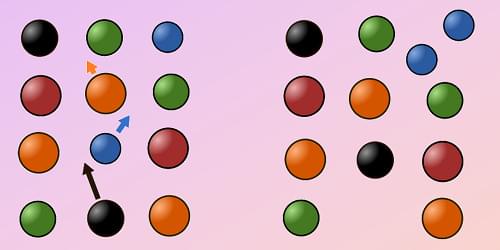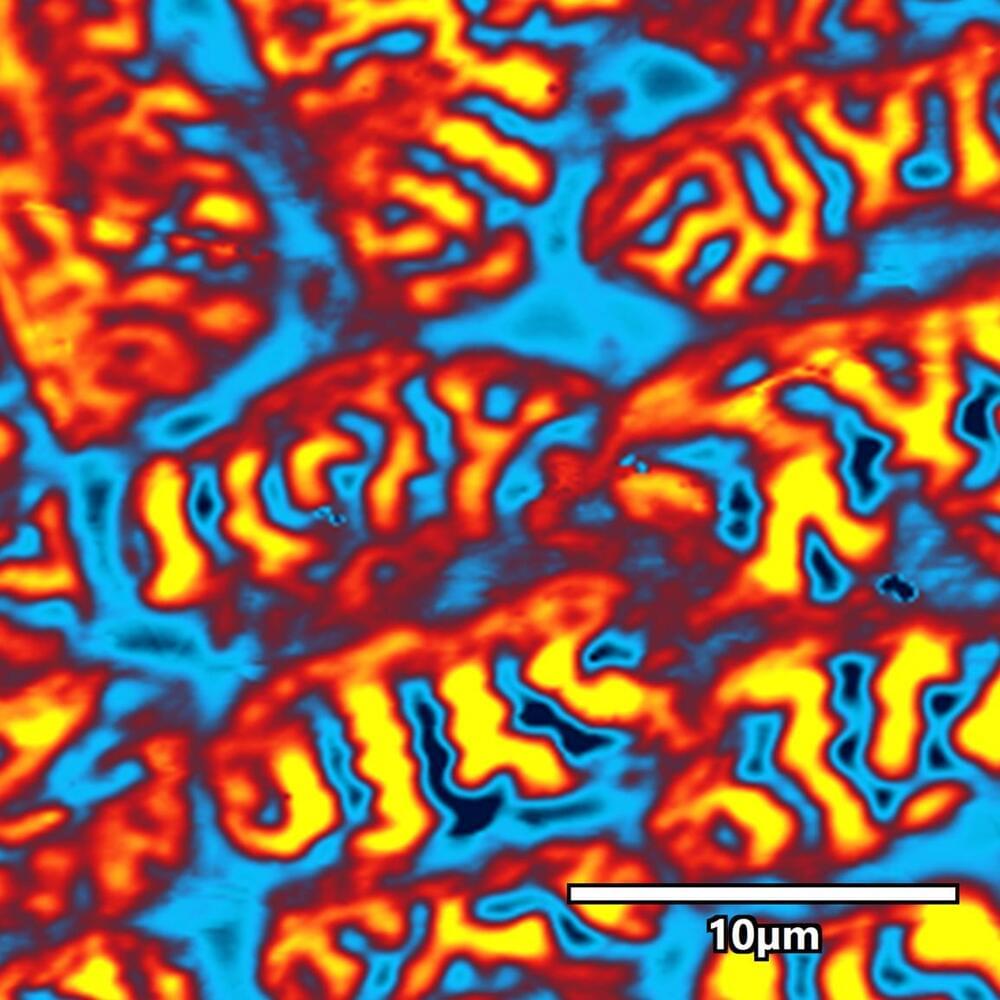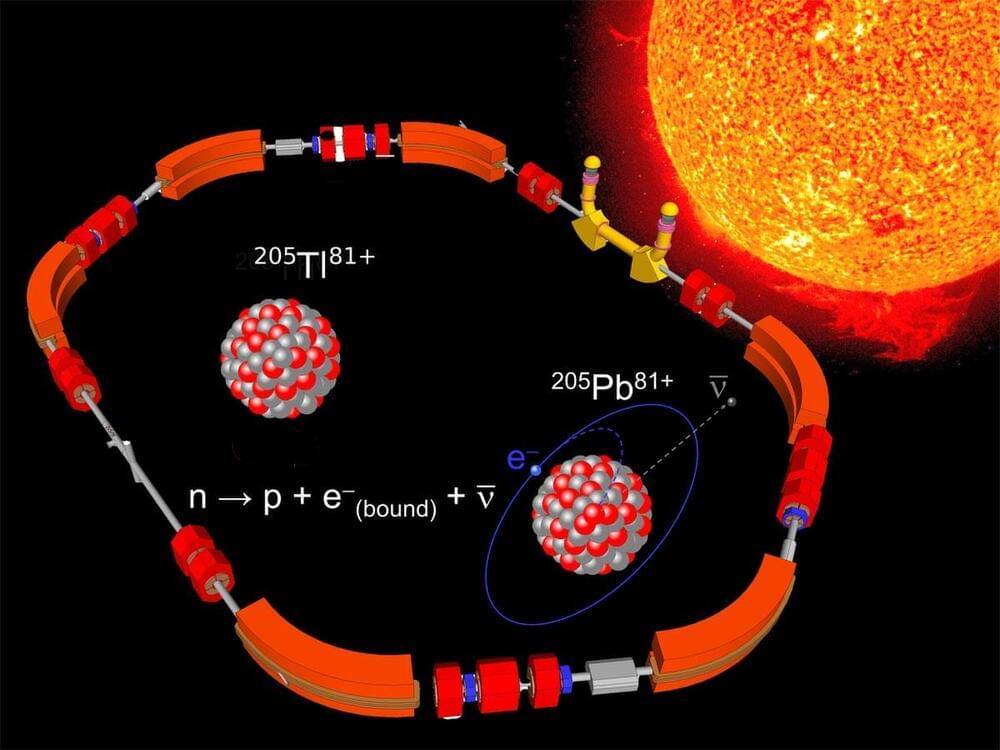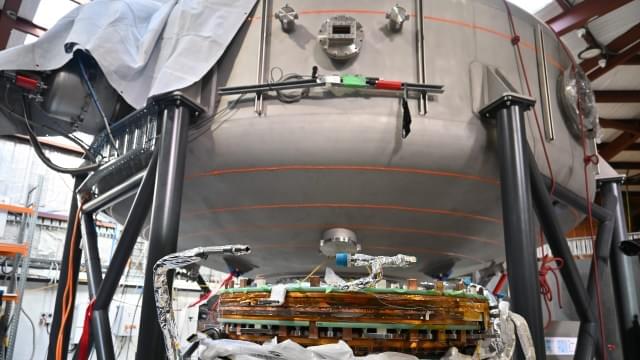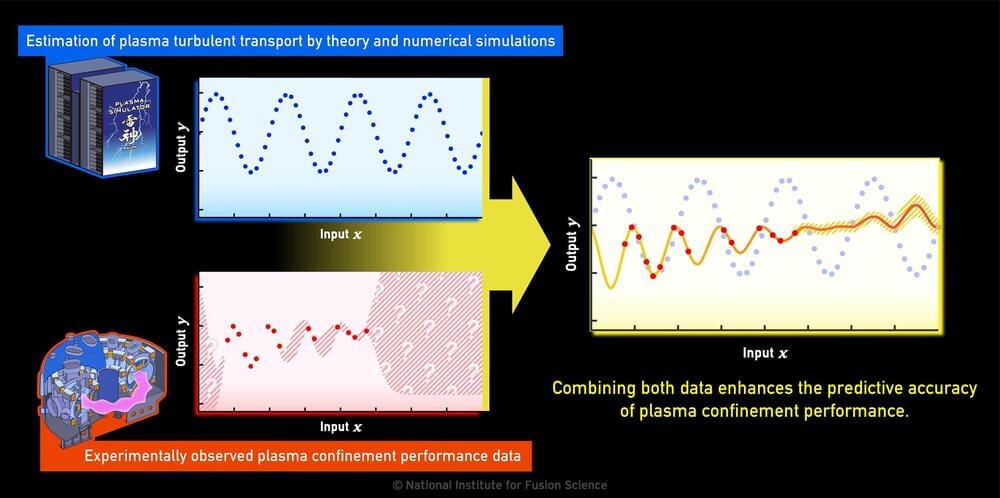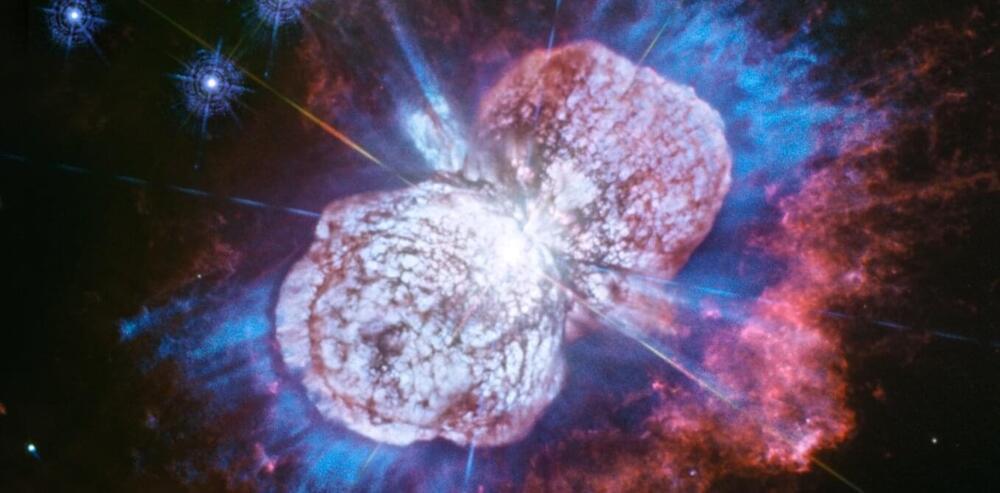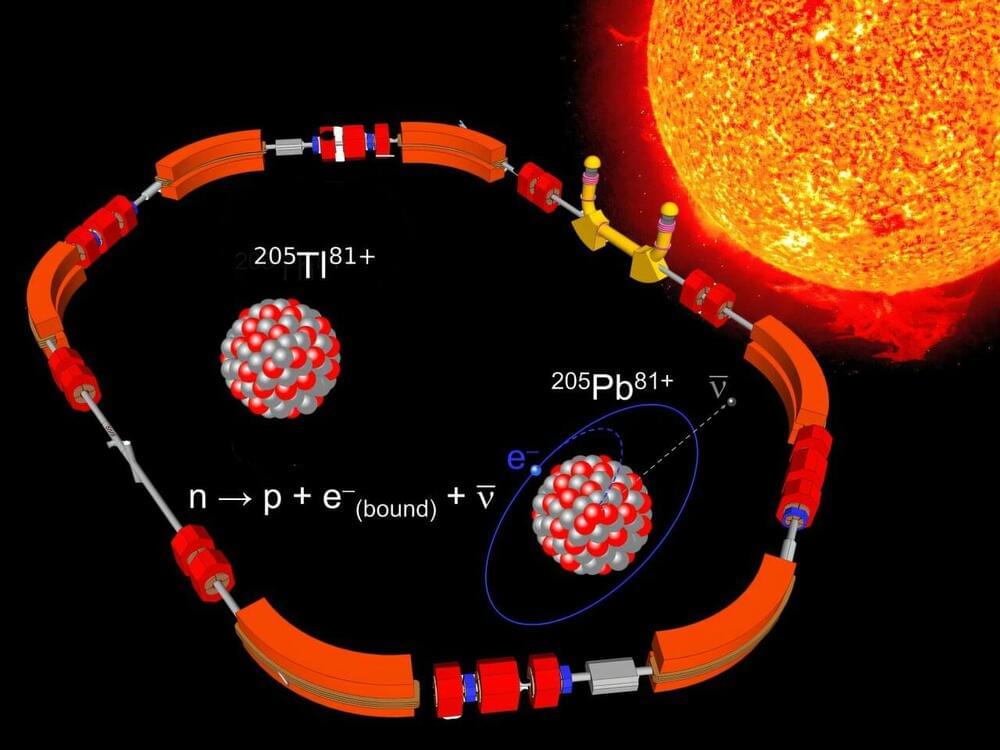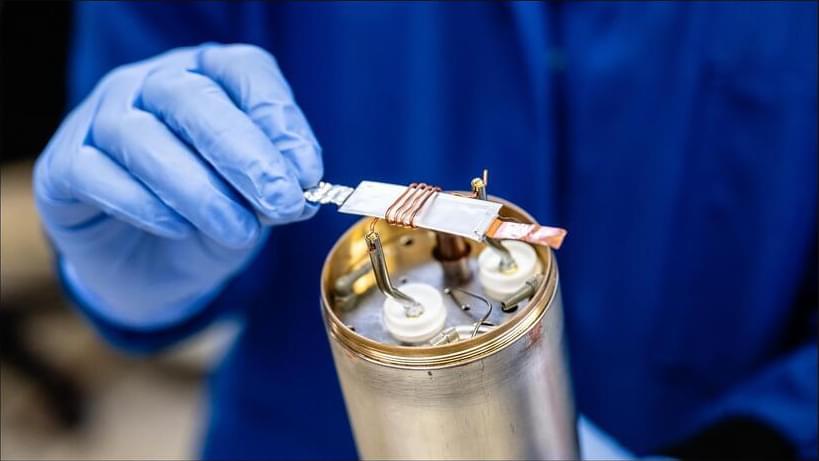Dec 19, 2024
Researchers address material challenges to make commercial fusion power a reality
Posted by Saúl Morales Rodriguéz in categories: nuclear energy, sustainability
Imagine if we could take the energy of the sun, put it in a container, and use it to provide green, sustainable power for the world. Creating commercial fusion power plants would essentially make this idea a reality. However, there are several scientific challenges to overcome before we can successfully harness fusion power in this way.
Researchers from the U. S. Department of Energy (DOE) Ames National Laboratory and Iowa State University are leading efforts to overcome material challenges that could make commercial fusion power a reality. The research teams are part of a DOE Advanced Research Projects Agency-Energy (ARPA-E) program called Creating Hardened And Durable fusion first Wall Incorporating Centralized Knowledge (CHADWICK). They will investigate materials for the first wall of a fusion reactor. The first wall is the structure that surrounds the fusion reaction, so it bears the brunt of the extreme environment in the fusion reactor core.
ARPA-E recently selected 13 projects under the CHADWICK program. Of those 13, Ames Lab leads one of the projects and is collaborating alongside Iowa State on another project, which is led by Pacific Northwest National Laboratory (PNNL).

